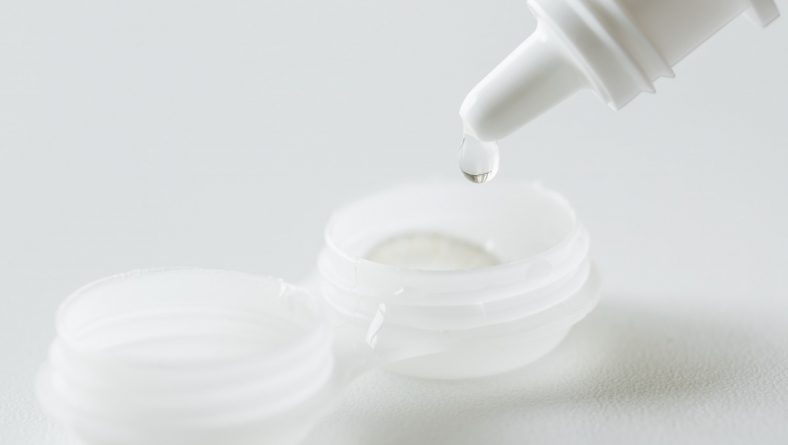How Is a Contact Exam Different From an Eye Exam? | Accent Eye Care
Vision impairment is very real and according to the National Institute of Health, this coupled with blindness will double in the U.S. by 2050. In addition, about 16.4 million Americans have trouble in seeing because of correctable refractive errors such as farsightedness (hyperopia) or nearsightedness (myopia). Many are turning to options that include surgery, glasses and contact lenses in correcting their eye refractive error. Each of these options has its advantages and disadvantages. According to the National Center for Biotechnology Information, the use of contact lenses for cosmetic enhancement, refractive error correction and for corneal pathology treatment has risen in recent years. The Center for Disease Prevention and Control reports that, 24.4% of young adults between the ages of 18 and 24 wear contacts, with a further 15.5% among adults 25 years and above.
Contact Exams Are Necessary To Maintain Quality Vision
The U.S. Food and Drug Administration classify contact lenses as medical devices and every user must have a legal prescription. Therefore, contact exam are needed to obtain contact lenses. Lenses may cause discomfort to the wearer because of poor hygienic practices. This is often due to a lack of oxygen to the cornea, which affects the health of the eye. According to the Center for Disease Prevention and Control, 33.3% of young adults, 29.8% of adolescents, and 32.9% of adults sleep or nap while wearing their contacts. Because of this and other complications associated with contact lenses usage, the American Optometrist Association recommends that every new wearer must have a contact exam by an optometrist before giving a prescription. Also, current contact lens wearers must have an annual contact exam.
What Happens During a Contact Exam?
Contact exams for lenses are more thorough compared to the general eyeglasses examination. During a contact exam, expect your visual acuity and other eye tests that determine your eye health to be tested. In additions, tests that determined if prescription eyewear could correct your refractive error are completed.
During a contact exam, your eye care professional may ask you some questions that allow them to provide the best prescription eyewear for you. Some questions center about your lifestyle and preferences for contact lenses. Also, on your view on RGB or GB contact lenses, which provide wearers with sharper vision compared to soft lenses. Wearers or would-be users, that are 40 years old with presbyopia, can choose a multifocal or bifocal contact lens.
The AOA recommends annual contact exam for both new and old users to minimize complications from using contact lenses. In addition, it is important that you allow only an eye care professional to provide you with a contact lens that fits right for your eyes.










 powerhousegroup.net
powerhousegroup.net